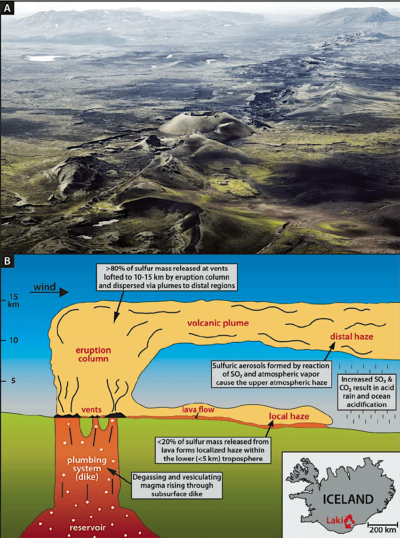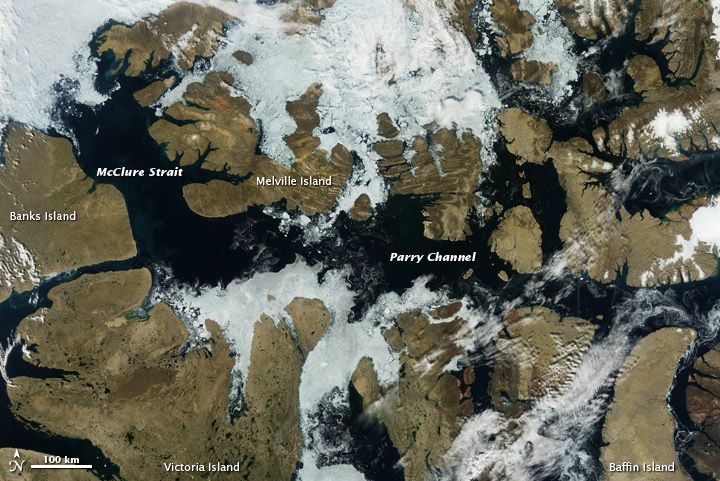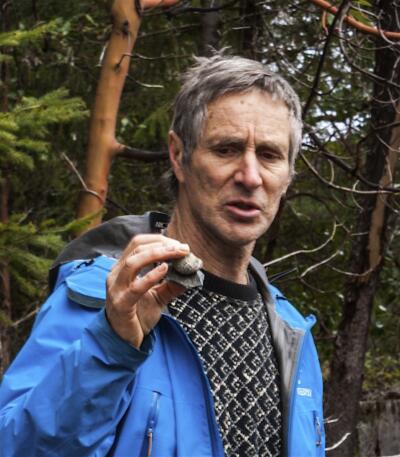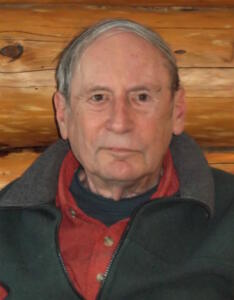1628 Temperature rising
A Brief History of the Earth’s Climate: Everyone’s Guide to the Science of Climate Change
by Steven Earle
Gabriola Island: New Society Publishers, 2021
$19.99 / 9780865719590
Reviewed by Tom Koppel
*
 “Our sun is anything but constant; it is slowly getting hotter,” writes Steven Earle in A Brief History of the Earth’s Climate. But that has occurred over billions of years, and it is not the cause of the global warming we are currently experiencing.
“Our sun is anything but constant; it is slowly getting hotter,” writes Steven Earle in A Brief History of the Earth’s Climate. But that has occurred over billions of years, and it is not the cause of the global warming we are currently experiencing.
Earle has researched developments related to global climate change for decades, teaching at Vancouver Island University and writing the textbook Physical Geology. In this concise, richly illustrated book, he presents the complex science of climate change in relatively easy-to-understand ways. It is worth the intellectual effort, however, to see today’s global warming in its historic perspective. Earle takes us systematically through key climate-related processes and cycles of warming and cooling, starting with those involving very long time frames, such as the evolution of the sun, which has increased in intensity by 40 percent in four billion years. Over the course of hundreds of millions of years, plate tectonics and continental drift have changed the proportion of land surface area located in the tropics, where the impact of an increase or decrease in solar radiation is greatest. The shift of land masses has also led to changes in key ocean currents, such as the Gulf Stream or the Antarctic Circumpolar Current. Other very slow impacts on climate are caused by changes in the Earth’s orbit or the tilt of its axis of rotation, which affect the strength of sunlight reaching different regions of the Earth.

On the human time scale of years or decades, some volcanic eruptions, spewing ash that partially blocks the sun, have had immediate (but short-lived) impacts on climate. An eight-month eruption in Iceland in 1783-84 caused temperatures in Europe and North America to drop significantly for several years. “It is reported that the Mississippi River froze over at New Orleans [and] that changes to monsoon patterns brought drought and famine to many parts of Africa and Asia.”
Other short-term cycles with climate impact are the El Nino Southern Oscillation and sunspot cycles, which occur regularly nearly every decade. “Because sunspots have lower temperatures than the surrounding regions of the photosphere, they result in a reduction of the amount of solar radiance received on Earth.” A little-known alignment of the Earth, Venus and Jupiter every eleven years affects the number of sunspots and corresponds to minimized solar radiation.
“The real workhorses of climate change are positive feedbacks, which are natural processes that amplify the climate forcings,” which include such things as changes in the amount of solar energy reaching different regions of the Earth or changes in the albedo (reflectivity) of different surfaces. “For example,” Earle says, “sea ice that is covered with snow is highly reflective. Most of the sunlight that hits it bounces straight back into space, with almost no warming effect here on Earth. If that sea ice melts, leaving exposed open water, most of the sunlight is absorbed and converted into heat, warming up the water and the air above it, and leading to more melting.”


The greatest danger is that these processes can lead to “tipping points” beyond which it is nearly impossible to return to the previous situation, at least within human lifetimes. “While some tipping points have only regional implications, others could affect the climate on a global scale and could lead us into runaway climate change.”
The book is far more focussed on the nuts and bolts mechanisms of climate change than on what we can do about it. Earle believes that readers need to understand all the natural processes of climate change, in order to see that the arguments of climate sceptics are just plain wrong. “Insight into the distant past,” he writes, “shows us that the climate changes we have witnessed over the past century are not a result of natural climate forcing; they are entirely caused by us.”
He cites, and then counters, a litany of arguments made by climate sceptics, such as that climate has always changed or that “carbon dioxide levels are too low to make a difference.” While carbon dioxide constitutes only 0.04 percent of the atmosphere, that percentage has grown rapidly in recent decades. The increase correlates closely with the observed warming of the past century and is sufficient to explain the observed warming, while “other natural and anthropogenic [human-caused] changes” in this time frame cannot do so.

Even readers who have followed the climate change discussion closely will find many new or unexpected factoids and perspectives. Earle emphasizes, for example, how surprising it is that life on Earth, which requires unfrozen water, has muddled through the 40 percent increase in the sun’s intensity. When the sun was much weaker, water was able to remain unfrozen because, at the time, there were much higher concentrations of greenhouse gases such as carbon dioxide and methane. It is also amazing just how extreme the climate swings have been. During the Earth’s most severe period of glaciation, starting around 720 million years ago, “the Earth’s mean annual temperature was about minus 40 degrees Celsius and the entire ocean — even at the equator — was covered in more than 200 meters of ice.” Perhaps most striking and alarming is the speed with which Arctic sea ice is melting today. It used to remain frozen all summer long in large regions that today have open water. The average volume of sea ice is only one-quarter what it was only 30 years ago. “The thinner ice that now remains is increasingly vulnerable to melting. In other words, we are close to a tipping point in the Arctic sea ice system, from the state where there has been year-round sea ice for tens of thousands of years to one where there isn’t.”
Earle deals briefly at the end with what individuals and governments can do to ameliorate the impact of anthropogenic global warming. We can drive and fly less, switch to electric cars and heat pumps, turn down the thermostat and eat much less beef. He makes a valiant attempt to be optimistic about our chances of averting climate disaster, citing the response to Covid to show that it is possible for society to cope with a huge problem or challenge.
He presents a convincing case that only human impact can account for the rising temperature, melting sea and glacial ice and weird weather we’ve seen in the last decade or two. He is less convincing that there may still be time to head off the worst of global warming and keep temperatures within a one degree Celsius overall increase. His own data shows how we are likely at, or already beyond, some key tipping points and into the zone of catastrophic damage to a number of aspects of the ecosystem.
Since he completed the book, two years ago, the wildfires and drought in western North America have continued or even gotten worse. Hurricanes and floods have become more frequent and destructive. And the entire community of Lytton, BC, burned to the ground.
*

Tom Koppel is a veteran BC author and journalist who has published five books on history and science. For 35 years, he has contributed feature articles to major magazines, including Canadian Geographic, Archaeology, American Archaeology, Equinox, The Beaver, Reader’s Digest, Western Living, Islands, Oceans, and The Progressive. His book Kanaka: The Untold Story of Hawaiian Pioneers in British Columbia and the Pacific Northwest (Whitecap Books, 1995) is available by email from koppel@saltspring.com Tom lives with his wife Annie Palovcik on Salt Spring Island. Editor’s note: Tom Koppel has also reviewed books by Daniel Kalla, Britt Wray, May Q. Wong, and Richard J. Hebda, Sheila Greer, & Alexander Mackie for The British Columbia Review.
*
The British Columbia Review
Publisher and Editor: Richard Mackie
Formerly The Ormsby Review, The British Columbia Review is an on-line journal service for BC writers and readers. The Advisory Board consists of Jean Barman, Wade Davis, Robin Fisher, Barry Gough, Hugh Johnston, Kathy Mezei, Patricia Roy, Maria Tippett, and Graeme Wynn. Provincial Government Patron (since September 2018): Creative BC. Honorary Patron: Yosef Wosk. Scholarly Patron: SFU Graduate Liberal Studies.
“Only connect.” – E.M. Forster
4 comments on “1628 Temperature rising”